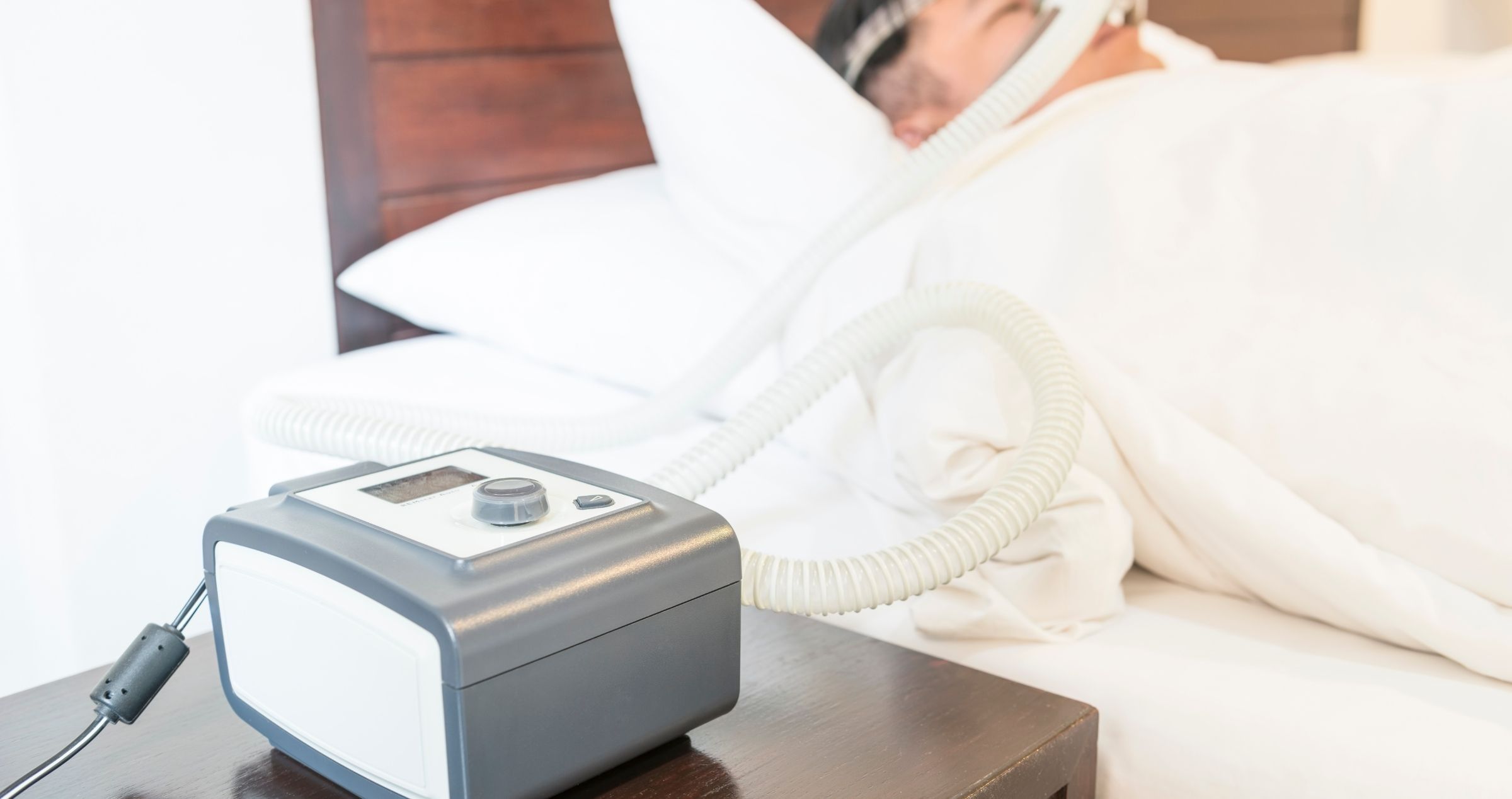Share
Glaucoma is not a singular disease. Current knowledge tells us that it is a result of both eye and systemic risk factors that cause progressive optic nerve damage and loss of vision.

Systemic risk factors are those that compromise blood flow to the optic nerve, and include migraines, atrial fibrillation and reduced nocturnal blood pressure. Obstructive sleep apnoea (OSA) has also been identified as a risk factor.
In OSA, the upper respiratory pathway is repeatedly obstructed during sleep and results in daytime sleepiness. It also prevents the body from regulating properly. This results in lower perfusion (blood flow) to the optic nerve and potentially loss of nerve cells and eventually loss of peripheral vision as the optic nerve struggles to recover. Where glaucoma is commonly thought of as being due to high eye pressure, this effect of OSA on the optic nerve can happen even in people with normal or low eye pressure.
To be clear, people with OSA are at a higher risk of glaucoma, not the other way around. Many studies have demonstrated a link between OSA and glaucoma. Early studies found that OSA was an indicator of poor health in general, but subsequent studies have identified OSA as an independent risk factor for glaucoma.
The exact mechanism for this association is still being researched. The message for people with obstructive sleep apnoea though is clear - have regular eye examinations to check for signs of optic nerve damage. As an optometrist with both OSA and associated glaucoma, I can tell you I had no idea I had glaucoma until I had it checked.
Reference
Faridi, O., Park, S. C., Liebmann, J. M. and Ritch, R. (2012), Glaucoma and obstructive sleep apnoea syndrome. Clinical & Experimental Ophthalmology, 40: 408–419.



